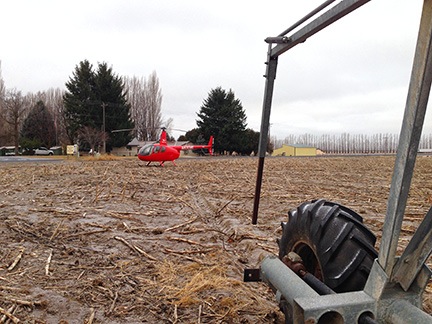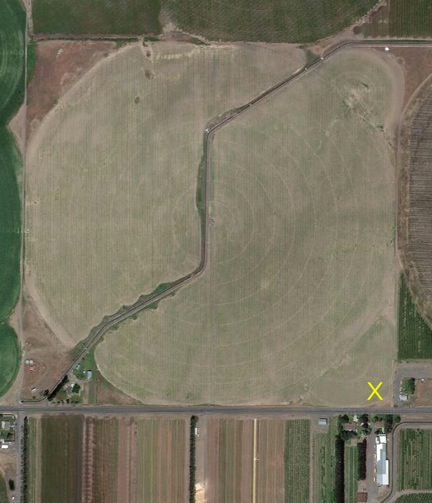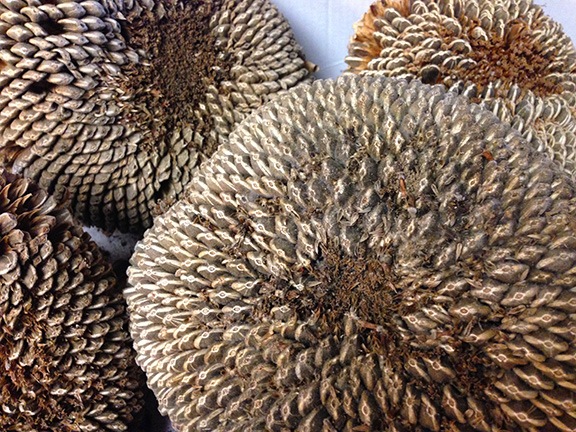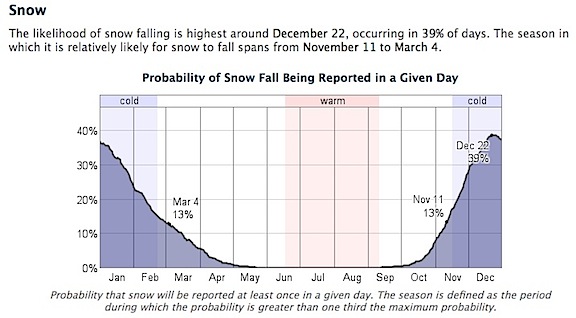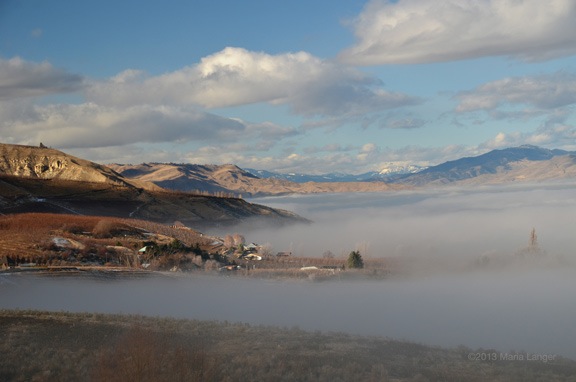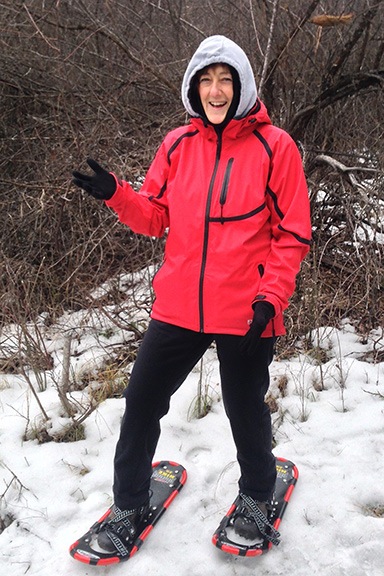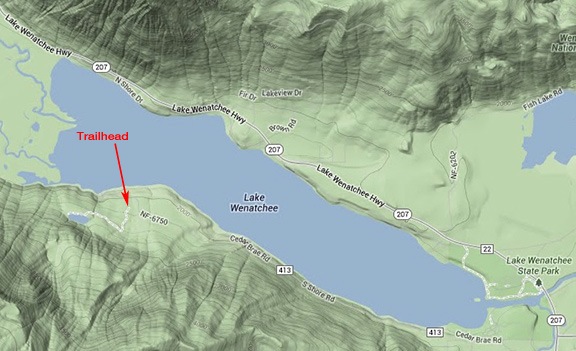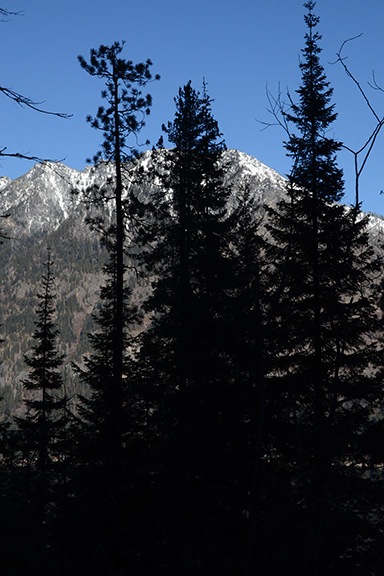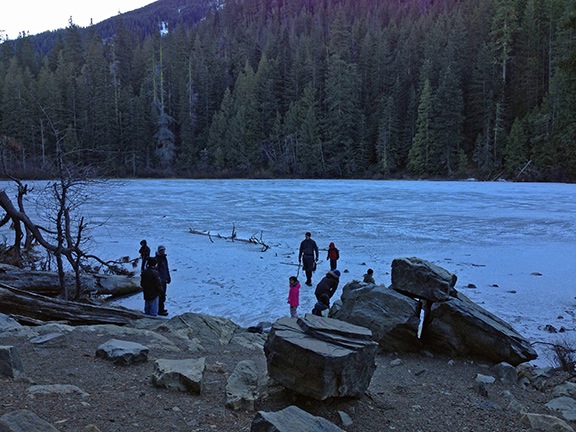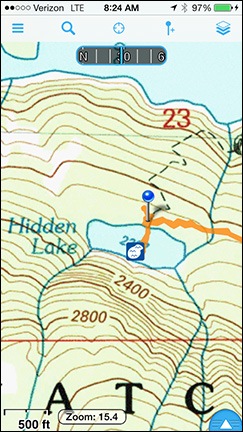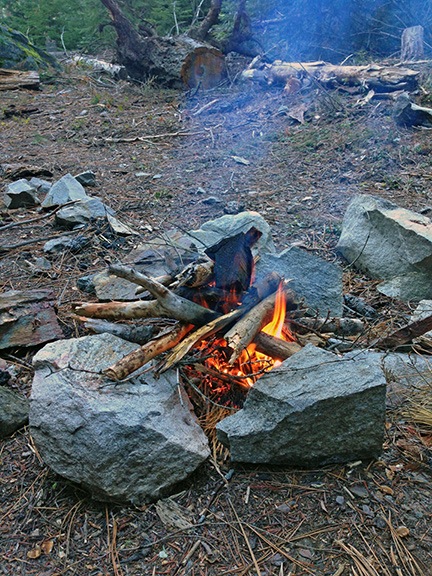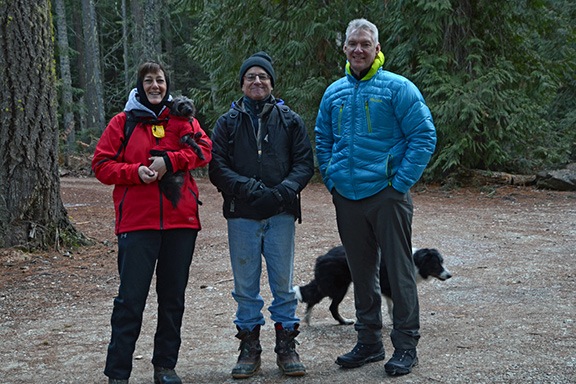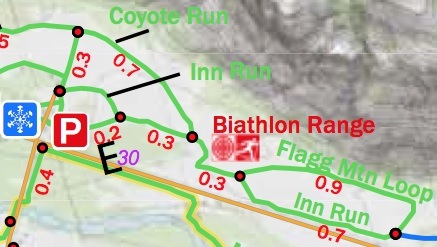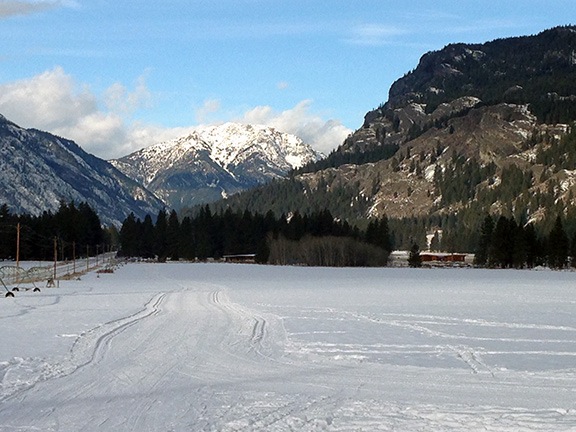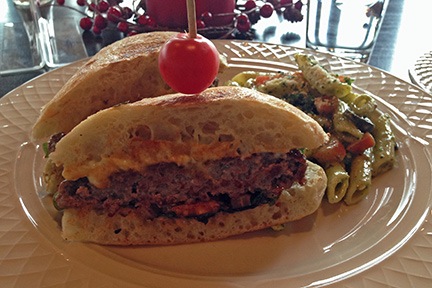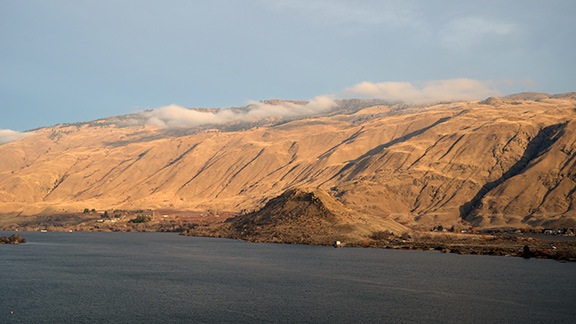A short hike with a twist at the end.
I belong to several Meetup groups in the Wenatchee area, including the Weekly Hikes group — which doesn’t actually do hikes weekly. (As a matter of fact most of the Meetup groups I belong to in the Wenatchee area don’t do anything regularly, but I’m working on that in one group.) Len, a member of the Weekly Hikes group who lives up in the Leavenworth area, suggested a hike up to Hidden Lake, near Lake Wenatchee. I suggested it to my friend, Tim, who joined the group. The three of us did the hike on Saturday.
Tim and I drove up to the Park and Ride at “The Y” (where Route 97 breaks away from Route 2) with our two dogs in my Jeep. When Len arrived to meet us, he suggested going in his truck. I had no problem with that. Not only was it new and comfortable, but it would be a lot quieter than my Jeep. It also gave us the added benefit of getting to know each other before the hike. It would be at least a 30 minute drive to the trailhead. So we loaded our stuff and dogs into the truck and headed to Lake Wenatchee.
It was a nice drive with good conversation, mostly about Meetup groups and activities in the area. We all have one thing in common: we’re divorced and interested in meeting people to do things with — and form new, more intimate relationships. Our ages are pretty close, too, so we’re all on pretty much the same page. It was a pleasure to just chat with interesting people about things that matter to all of us.
One thing we talked about a lot was the snow — or lack of it. This is my first full winter in the Wenatchee area, so I really don’t know what to expect. But most folks have been telling me that there’s usually a lot more snow by this time of year, especially up near Leavenworth and Lake Wenatchee. Although we did pass the Tumwater Campground, which was closed for camping but open for cross-country skiing and we did see some people there on skis, conditions looked pretty bad and very icy.
The Wenatchee River, which we drove along for quite some time, looked great. Lots of water rushing through and around icy patches. It was still pretty cold that day — I don’t think it got above freezing in the shade — but I’m sure there was ice and snow melting in the sunlight somewhere upriver. As Len pointed out, we’re going to be in big trouble if we don’t get more snow on the mountains before spring. Yes, there’s a lot more water in Central Washington than there was in Arizona, but it still mostly comes from snowmelt. We don’t get the kind of rain they get on the coast.
We made the turn off Route 2 toward Lake Wenatchee. We passed by several campgrounds that were closed and full of ice but had very little snow. We followed Cedar Brae Road, which wound up along the south shore of Lake Wenatchee. It was quiet and the glimpses I caught of the lake between the tall pine trees and vacation homes showed smooth, glassy water. The pavement ended and the gravel road that continued into the forest had icy patches. The road got narrower and narrower. Then Len made a left turn down a short drive and parked at the Hidden Lake Trailhead.

Here’s where the trailhead is in relation to Lake Wenatchee. This Google Maps terrain image even shows the trail that winds up to the lake.
We got out and organized our gear. I was warmly dressed in my new Under Armor ColdGear shirt and leggings with a sweatshirt and water proof shell on top and a pair of Under Armor outer layer pants on bottom. I was also wearing thick wool socks and my new Sorel boots, which I’d only worn briefly once so far. And I had a pair of YakTrax Pros in my daypack, just in case I needed more traction. My Buff, which I’d worn as a neck cover, could be pulled up to make a balaclava — which is exactly what I wound up doing. I had some more clothes in my daypack, along with some snacks and my Nikon camera.
While the guys used the pit toilet, I put Penny’s parka on her. I had her boots in my daypack, but because there was no snow, I didn’t think she’d need them. My daypack had enough free space to put her in there if she got so cold that she needed to be carried.
There was no snow. None at all. It was weird. We were at about 2100 feet elevation and it was winter in the mountains but there was no snow.
There were lots of fallen trees, though. As we began the hike up the trail, Len told us about a hike he’d done earlier in the season on the other side of Lake Wenatchee, on Dirty Face Mountain. There had been some heavy wind and he heard a loud crack sound. A tree about 30 feet away broke in two halfway up and came crashing down near him. He said that it happened almost in slow motion so he didn’t really feel any danger, but it was still scary. The situation was serious enough to warrant an article in the Wenatchee World about the danger, especially after two people were killed when a falling tree fell on their vehicle near Stevens Pass.

This is the best shot I could get of Dirty Face — there were just too many trees in the way!
The forest was full of huge pines that stretched straight up to the sky. The trail was clear — someone with a chainsaw had been busy cutting away any tree trucks that had blocked it. Although we were totally in the shade, the sun shone brightly on the granite rocks of Dirty Face, across the lake. It dominated the landscape on that side, with just enough snow to make it picture postcard perfect — if I could get a shot of it through the trees.
The trail was icy in places, but not icy enough to put on my YakTrax. Penny and Tim’s dog, Banjo, ran ahead of us on the trail, making occasional forays into the forest on either side of the trail. At one point, Banjo stood stubbornly at the base of a tree, looking up. There was a squirrel up there. I don’t think I’ve ever seen a squirrel out in the winter time.
Hidden Lake was completely covered with thick ice. A big family with kids was standing near the shore. Banjo wasted no time bringing a stick for the kids to throw and they wasted no time throwing it. Banjo didn’t seem the least bit concerned about running on the ice, but Penny stayed clear — at least in the beginning.

Hidden Lake was frozen. Although it was a bright, sunny day, it was gray over the lake in the shadows of the mountains to the south. I doubt if the lake ever sees the sun this time of year.
Our group of three gathered at a huge fallen log, where Len set up a camp stove and boiled water for hot cocoa. We talked about camping and laughed about eating things while camping — like instant hot cocoa out of semi-clean cups — that we’d never dream of eating at home. The only thing I had to drink cocoa from was the collapsable water bowl I’d brought along for Penny. I gave it a quick rinse and mixed cocoa in it without a second thought. Later, I rinsed it again and filled it with cold water from my pack for Banjo and Penny.
We spent about an hour there at the lake. The family hiked around, then left back down the trail. A couple carrying a baby came up, walked around briefly, and left.

Here’s what Hidden Lake looked like on Gaia GPS with our track shown. This may have been the first time in my life that I walked across a frozen lake.
All the time we were there, we heard rushing water across the lake but had no idea where the sound was coming from. I had the Gaia GPS app on my phone and had loaded it in advance with topo maps of the area. It showed two streams across the lake, but we couldn’t see either one. There was no trail on the other side; the steep hill came right down to the water’s edge. With lots of footprints already on the lake’s icy surface, we decided to explore. Cautiously, at first, we ventured out onto the ice. It looked to be at least four to six inches thick. Slowly, we made our way across the ice, looking at the huge cracks that ran here and there across its surface. Finally, nearly on the other side, we saw the stream that was making all the noise. It wasn’t very big; it must have been the shape of the land around us that magnified the sound.
We packed up and headed back down the trail a little while later. The hike was pretty much uneventful.
At the truck, however, there was a problem: Len’s keyless entry fob would not work.
At first, we thought it might just have a cold battery. He warmed it up in his pocket and in his hand. No joy. It soon became clear that we’d need to summon help. Len has AAA and hiked down the road a bit to get a better cell phone signal so he could call.

Len finally got this fire going. We would have made a better fire pit, but the rocks were frozen to the ground.
Although we weren’t cold — yet — Tim and I tried to start a fire for warmth. There was plenty of wood — why isn’t there this much wood when I go camping? Trouble was, it was all frosty wet. We couldn’t even get pine needles to catch. We tried a few times and pretty much gave up. I discovered along the way that my business cards are apparently fireproof. (Note to self: add waterproof matches and fire starter to emergency kit.)
Len to the rescue! When he got back from making his call, he gave it a try, using some toilet paper he had in a plastic bag in his pack as a starter. The dry paper did the trick. Although the fire got off to a slow start, by the time help arrived 90 minutes later, the fire was burning well enough for Penny and I to sit beside it for warmth.
The tow company guy used an inflatable pouch to open a crack in the window. He then inserted a wire device to grab the door lock and pull it up. (Seriously: when you see how easy it is to break into a vehicle with the right tools, you wonder why you bother to lock it at all.) The alarm sounded immediately, but Len shut it down quickly. A short while later, we were on the road, heading back toward Leavenworth and the Y.

We posed for a picture before heading out. Left to right: me, Tim, Len. I’m holding Penny and Banjo is on the ground.
Len dropped us off, thanking us for our patience. It wasn’t a big deal to me. The bad key fob had turned a short hike into a little adventure. My gear kept me warm enough and I had plenty to snack on.
Tim and I got back into my Jeep with the dogs and our gear. We made one stop on the way back to Wenatchee: Country Boys BBQ in Cashmere. Great food!
It had been a nice day out with friends. Funny how I’d been afraid of winter when I first decided to spend the winter here. I’m not afraid anymore. With the right gear and friends to spend time with, it’s all good.

